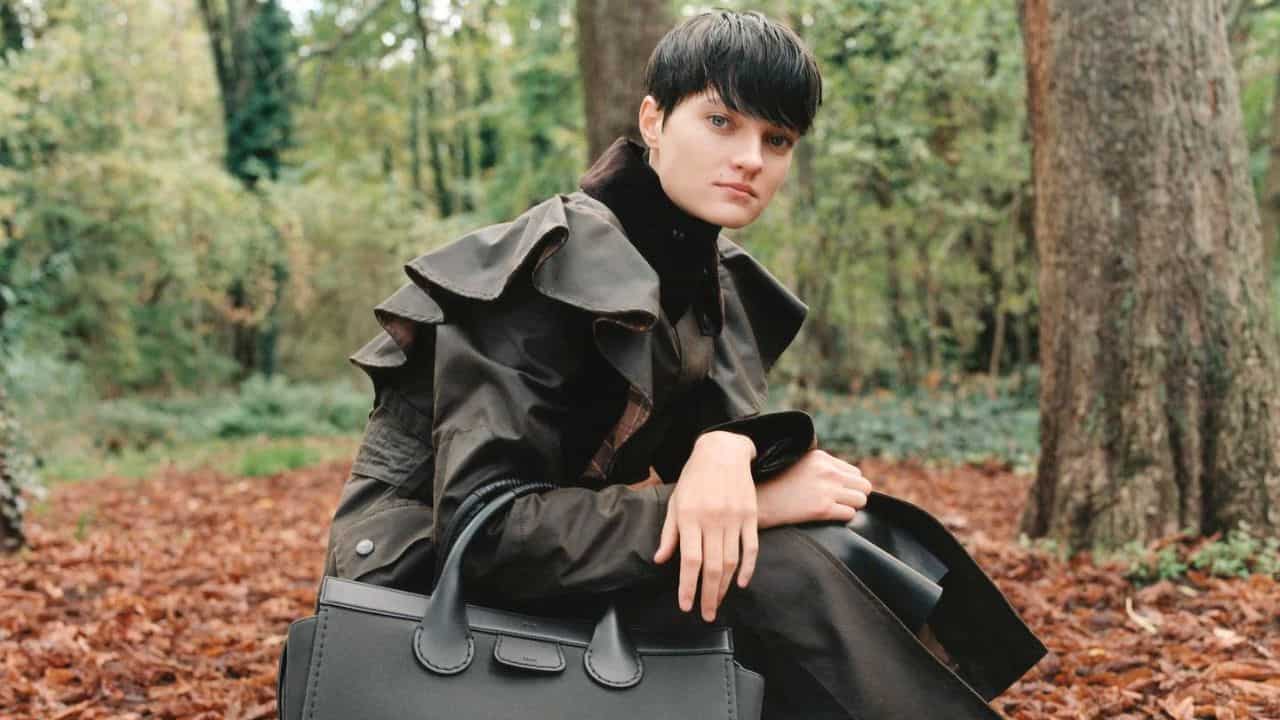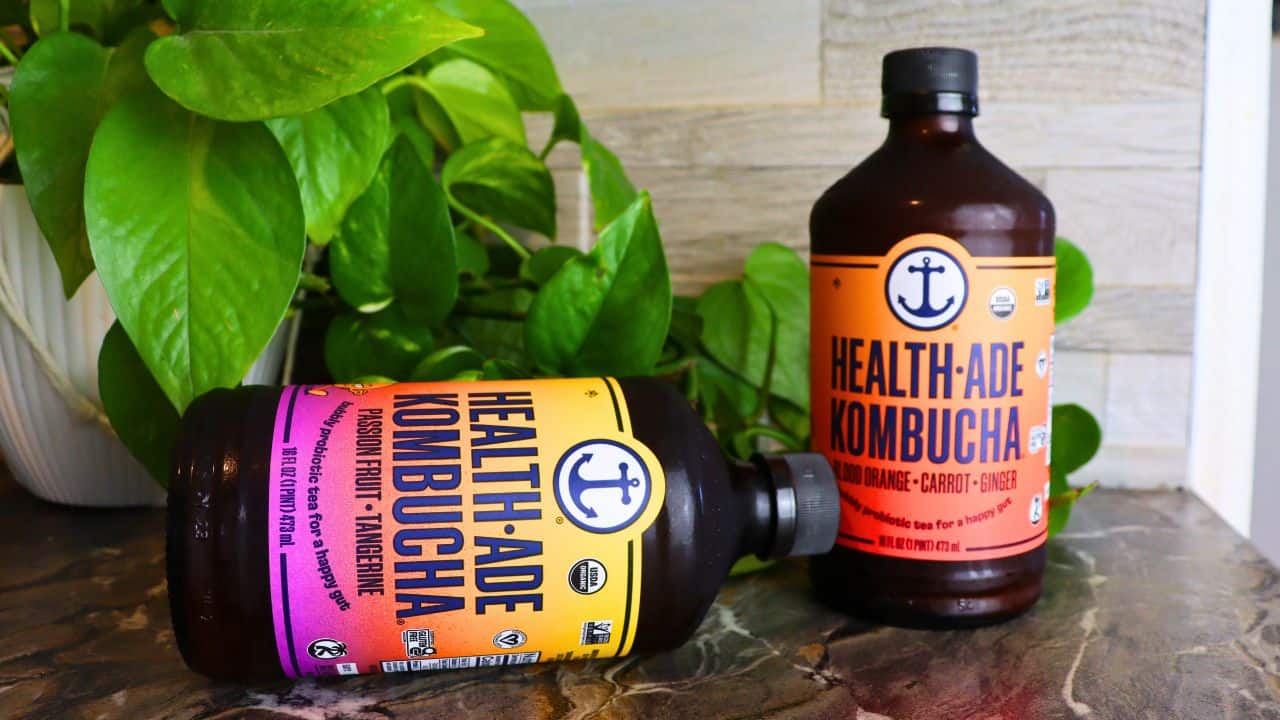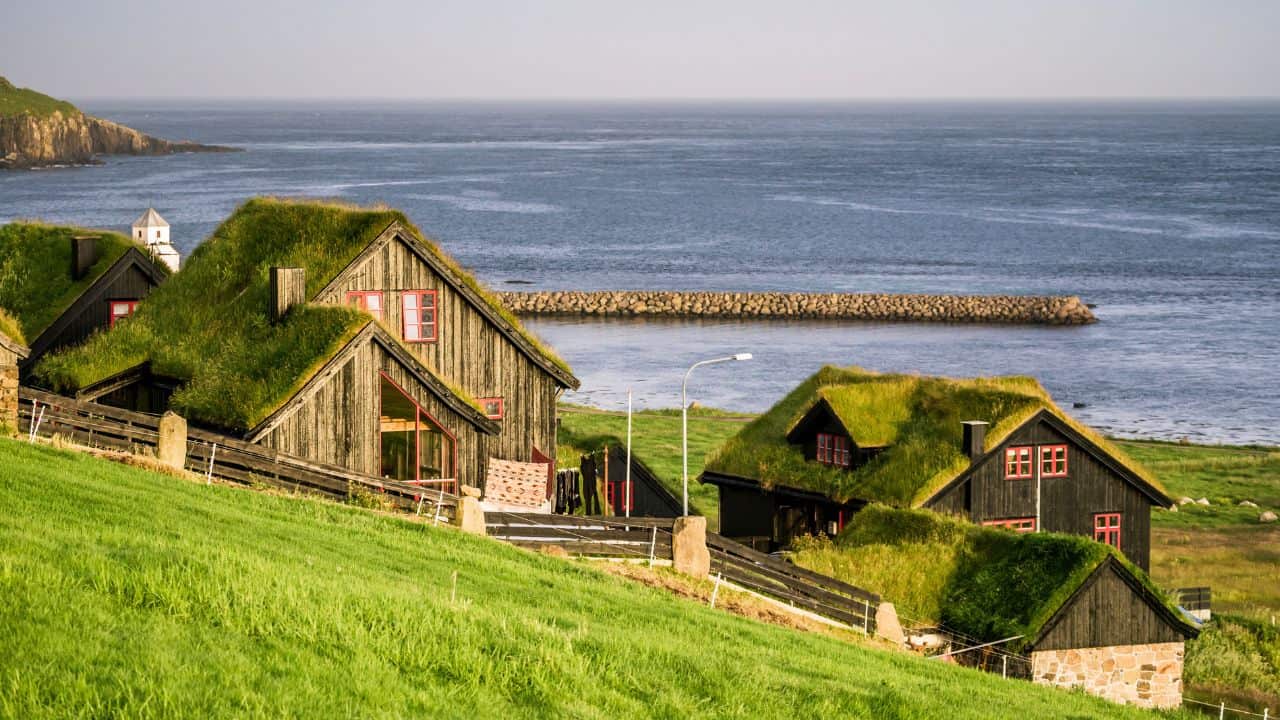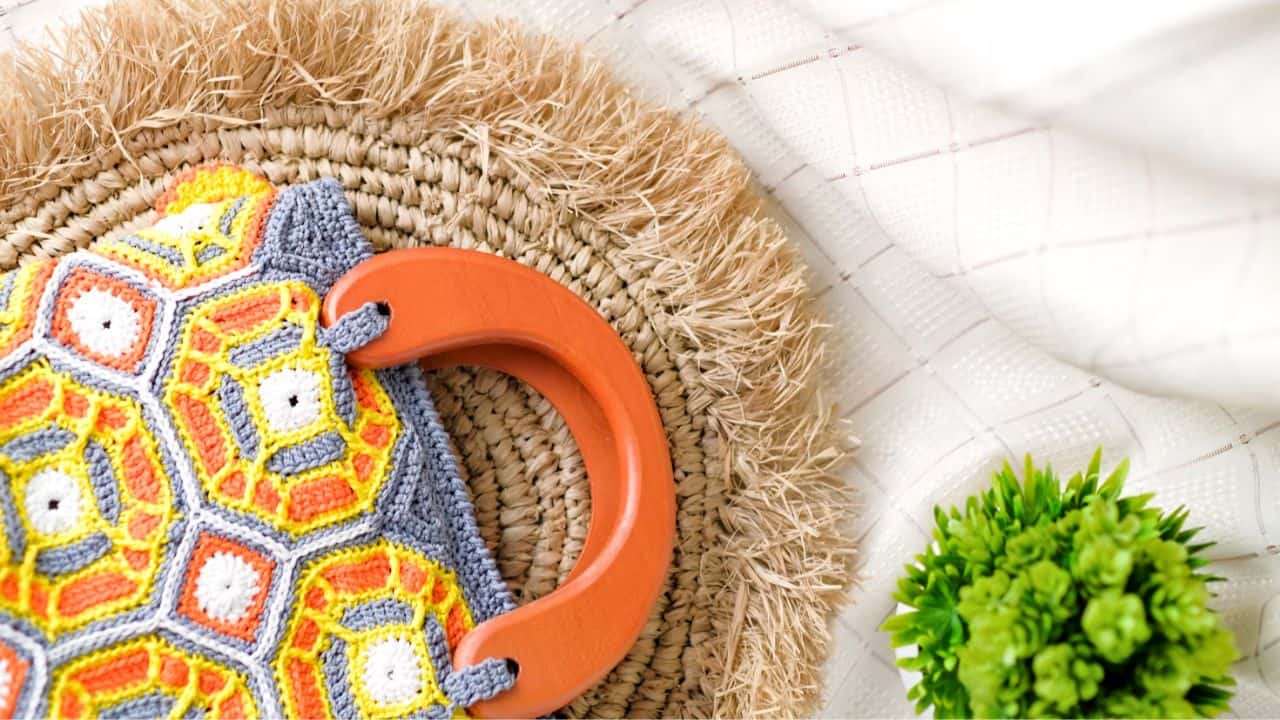New York designer Tanu Vasu has been making waves in slow fashion, well slow waves. Her fascination with making clothes from non traditional materials has lead her to create a collection from magma.
Yep, that’s right. Volcanic rock has been turned into wearable fibres for her latest collection.
We caught up with her and got her to talk us through the process, which is in itself, surprisingly sustainable.
How do you turn volcanic rock into fibres and why?
Tanu Vasu: I created this piece for an exhibit I hosted in New York City. The purpose was to educate my audience about how sustainability and technology can be a co-existing realm.
I am always interested in the ’next material’ – what’s new and innovative that can challenge my ideals as a designer blurring the boundaries of ’traditional’ fabrics and textiles. This led me to working with 100% rock as a textile opposed to the traditional silk or cotton.
90% of the world’s volcanic rock is comprised of basalt – which can be extruded and melted into filaments and woven like a traditional textile.
How do your find your materials?
TV: It depends on the material – I work with a traditional Saori loom (a Japanese loom) to practice hand loom textiles and create hybrid materials. I like the traditional loom for the base but rather than just intertwining the warp with basic fibers I like to incorporate metals, rock filaments and various unconventional threads.
I have practiced ancient and conventional textile practices for many years and enjoy the craft of hand making textiles, however, adding a technological futuristic twist is my current focus, whether it be a small change in the handloom process or creating the entire fabric from rock or metal.
At times I work with local artisans, vintage and old world textiles and scientists to create advanced materials simultaneously challenging myself to create holistic pieces.
My most recent exhibit, The Interim, explored the creation of hybrid forms which equate innovation with artisanal practice. The series proposed altered realities of clothing through arrangements of abstract textile formations, presenting an illusion of subversive sculpture.
It revealed how the intersection of technology and clothing establishes a component of elusiveness through upending conventional notions of clothing. Stemming from a cyclical reflection on overconsumption I had the urge to explore how can we incorporate tech and sustainability to create clothing that still remains artisanal and clothing-like. This essentially led me to create a series of intriguing forms with wool remnants (sourced from old factories), recycled metals and of course, magma!

What energy is used to create the clothing?
TV: My work does not use any harmful machinery to create as everything is handmade, from the textiles to the garment construction. I work with local artisans, scientists and engineers to create my vision.
How sustainable is this collection?
TV: I ensure every step of my process is sustainable and ethical from hand creating the materials, to working with artisans and learning from scientists. I work sustainable materials such as peace silks that allow for the silkworm to vacate the cocoon prior to the silk production and harvesting taking place (in normal silk production the silk worm gets boiled alive to create the luster of the fabric).
I also incorporate ancient and vintage fabrics that have aged and have fragile fragments creating its beauty and intricacy opposed to letting them become landfill.

Is this actually wearable or more to showcase the potential of new materials?
TV: I try to ensure everything I create is wearable – if not on an everyday basis then as an occasion pieces, especially when it comes to creations that use the magma and the recycled wool. When I design I like to imagine the clothing as its own entity, not restricted to a figure rather existing as its own formation. This leads to very structured and complex designs however, everything is wearable.
How can we break our reliance on oil based fabrics and cheap fast fashion?
TV: Simple, educate the audience. I feel if more people were in the know about how clothing is made, where textiles come from and how manufacturing takes place they would think twice about buying fast fashion.
I’m hopeful that we as a society are moving in the right direction with a greater interest in natural and pre-owned clothing and textiles. I think it’s very important, especially today to really question where our clothes come from, who made them and if it is necessary to buy them if the brand doesn’t have sustainable and ethical values.
What tech trends will we see coming through in clothing in 2020?
TV: 3D technology is a major one that has been in the prototype stages for many brands for a while now – I think it’s time to finally come into the marketplace at a reasonable price point. More focus on laser cut pattern pieces to prevent fabric wastage is something I would like to see more off in larger brands to help stop excess fabric going into landfill.
Want more stories that spark your interest in slow fashion?
Check out this amazing sleepwear collection made from seaweed.










